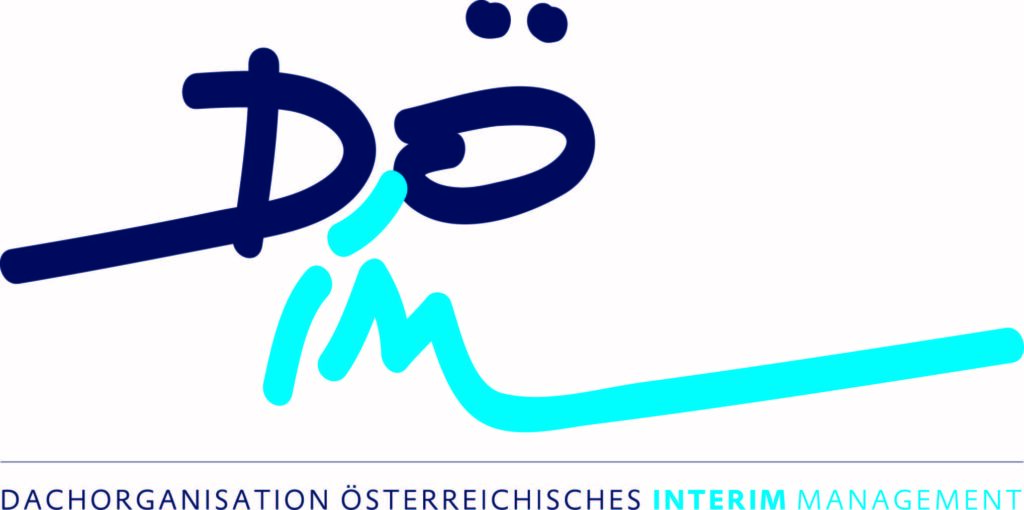
Interim CIO: Dr. Claus Michael Sattler
Digital transformation and private equity
How is digitalization and digital transformation affecting the private equity industry?

The private equity industry is facing a turning point. Digitalization and digital transformation are challenging traditional processes and at the same time opening up enormous opportunities. In this article, I analyze how these megatrends will shape the industry and what strategies are needed to continue to position yourself successfully in this market.
The “TOP 100 INTERIM” award is an exclusive seal of quality awarded by the BVMID (Bundesvereinigung Mittelstand in Deutschland) in cooperation with renowned interim management agencies [source: 2]. This award is part of an innovative initiative that aims to promote the connection between quality-assured interim managers and companies, especially in light of the acute shortage of skilled workers [source: 2].
New dynamics in the private equity landscape
The world of private equity investments is also changing rapidly. External factors such as technological progress and social pressure are driving this change. ESG criteria (environmental, social and governance) are becoming increasingly important, particularly in Europe, which has a particular impact on the selection and management of portfolio companies.
The integration of digital solutions has established itself as the key to overcoming new challenges. Private equity companies and acquired companies must learn to differentiate between digitalization and digital transformation. From efficient data processing to strengthening IT security, companies must adapt in order to remain competitive.
Challenges of IT integration in the private equity sector
IT integration is one of the most critical areas in company acquisitions. Investors and managers often face similar problems:
- Heterogeneous IT systems: Different ERP or CRM systems in the portfolio companies make consolidation and optimization more difficult. This makes it considerably more difficult to leverage synergies in IT and the IT team.
- Data silos: Lack of access to data sources hinders quick decisions and process optimization.
- Media disruptions: The manual transfer of data between different systems leads to delays, increases the susceptibility to errors and hinders efficient processes in IT integration.
- Cybersecurity risks: With every new company, the risk of security vulnerabilities grows, which can jeopardize entire portfolios.
To overcome these challenges, a structured approach is required that takes both IT and OT aspects into account.
Digitalization, digital transformation and private equity as value drivers
IT integration at the heart of the transformation
The consolidation of IT systems is a key factor for value creation in the private equity sector. By standardizing ERP and CRM systems, synergies can be created and efficiency potential leveraged
Strengthening OT and data analytics
In addition to traditional IT, OT (operations technology) and data analytics are also gaining in importance. Here are a few examples:
- Operations Technology: Improved automation and visualization in production environments increase productivity.
- Data analytics: Tools such as Enterprise Data Fabrics or Smart Data Fabrics enable companies to analyze data in real time, interpret it automatically, semi-automatically or manually and thus make data-supported management decisions quickly and precisely.
Solutions and strategies
Harmonization of IT and OT landscapes
Successful digitalization begins with the harmonization of IT systems and a successful digital transformation begins with the harmonization of OT systems. This not only reduces complexity, but also enables better integration of new technologies. The following steps are crucial:
- Carrying out IT and OT due diligence audits prior to acquisitions.
- Development of standardized interfaces for seamless system integration.
Focus on cybersecurity
In an increasingly connected world, securing IT and OT systems is essential. Investments in modern security technologies such as AI-supported threat detection can ensure the protection of the entire portfolio. It is not for nothing that the European Union has made the NIS2 requirements law.
Employee training
A digital transformation requires qualified personnel. Private equity companies should therefore invest in targeted training programs to bring their employees’ skills up to date.
Opportunities with digitalization Digital transformation Private equity
Opportunities through digitalization
Digitalization offers enormous potential, particularly in the European private equity sector. It makes it possible to automate processes, make data-based decisions and tap into new markets.
Opportunities through digital transformation
The digital transformation of production systems also offers enormous potential. It makes it possible to automate processes between the acquired company and its suppliers and customers, make data-based production decisions and thus tap into new customers in existing and new markets.
Opportunities through transparency and trust
Transparent handling of digital data strengthens the trust of investors and stakeholders. The times when private equity investments took place in secret are a thing of the past. In the future, the industry will be characterized by openness and innovation.
Opportunities through accelerated processes
Modern technologies such as cloud solutions and hybrid cloud solutions as well as the possibilities of artificial intelligence (AI) significantly reduce the time between company valuation and integration. This not only offers efficiency gains, but also competitive advantages in a highly competitive market.
Conclusion from Digitalization Digital transformation Private equity
Digitalization and digital transformation are fundamentally changing the private equity industry. Challenges such as IT integration, cybersecurity and the harmonization of IT and OT infrastructures require targeted strategies to uncover the hidden treasures of acquired companies. At the same time, enormous opportunities are opening up through the data-supported identification of forward-looking management decisions and efficiency improvements.
European private equity companies are particularly challenged to actively shape this transformation. Those that rely on innovative technologies and transparent processes will reap the benefits in the long term and hold their own in a digitalized world. As interim CIO, my expertise is available to private equity companies at short notice.
Sources
- Private Banking Magazine: https://www.private-banking-magazin.de/private-equity-social-media-megatrends-immer-weniger-privat/
- PwC Insights: https://www.pwc.ch/de/insights/digital/digitalisierung-in-private-equity.html
- DUP Magazine: https://www.dup-magazin.de/finanzen/investieren/private-equity-heuschrecken-als-digitalisierungsturbo
- Image: ChatGPT
This article is aimed at managers who are prepared to use digitalization and digital transformation as an opportunity to remain successful in the long term.

























